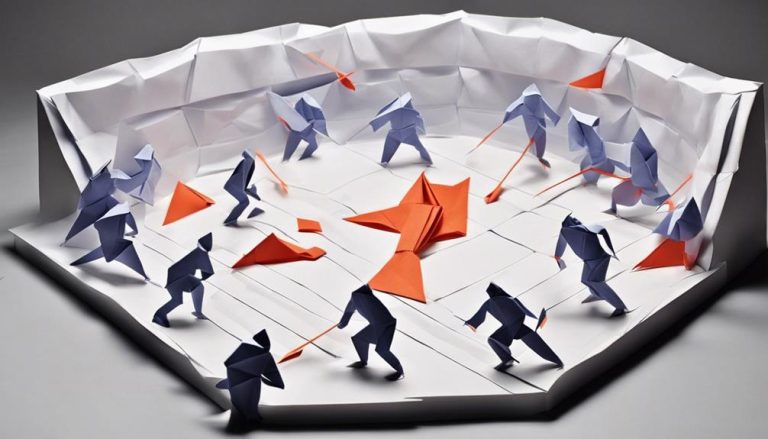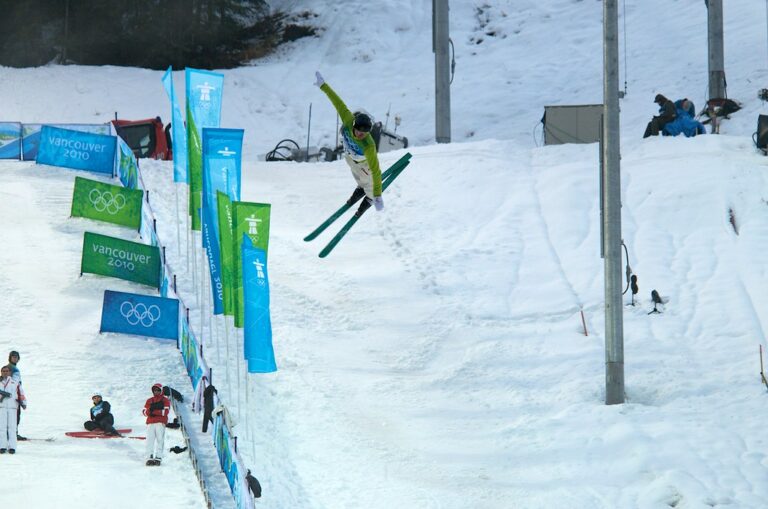General Rules of Snowmobile Racing
Did you know that snowmobile racing has a set of general rules that govern the sport? From safety gear requirements to penalties for rule violations, there are specific guidelines in place to ensure fair competition and participant safety. But do you know what crucial piece of equipment all racers must have to be eligible to compete? Understanding the ins and outs of these rules is essential for any snowmobile racer looking to hit the track.
Safety Gear Requirements
When snowmobile racing, you must adhere to specific safety gear requirements to ensure your protection and well-being. Helmet safety is paramount in snowmobile racing. A high-quality helmet that fits properly is essential to safeguarding your head in case of accidents. Look for helmets that meet safety standards and provide adequate coverage for your head and face.
In addition to helmets, wearing the right protective gear is crucial. This includes goggles to protect your eyes from debris and harsh winds, gloves to maintain a good grip on the handlebars, and sturdy boots to shield your feet and ankles. Protective clothing such as a durable snowmobile suit with padding can also provide added protection in case of falls. Ensuring that all your safety gear is in good condition and fits correctly is key to staying safe on the track.
Equipment Specifications
To ensure optimal performance and safety on the track, it is crucial to pay attention to specific equipment specifications when participating in snowmobile racing. One of the key factors to consider is engine power. Snowmobiles with higher engine power can provide better acceleration and speed, which are essential for competitive racing. However, it's important to match the engine power to the track conditions. A more powerful engine may be suitable for straight, open tracks where speed is crucial, but on tracks with sharp turns and obstacles, a balance between power and control is necessary to navigate effectively.
When it comes to equipment specifications, understanding how your snowmobile performs under different conditions is vital. It's not just about having the most powerful machine; it's about having the right machine for the specific racecourse. Make sure to check the regulations regarding engine power limits and any other equipment specifications that may impact your performance on the track. Being well-prepared with the right equipment can give you a competitive edge while ensuring a safe and thrilling racing experience.
Race Course Regulations
Understanding race course regulations is essential for all snowmobile racers to ensure a fair and safe competition. When racing, keep in mind the following:
- Track Conditions: Be aware of the track conditions at all times. Different terrains may require adjustments in speed and technique to navigate safely.
- Safety First: Prioritize safety above all else. Follow all safety guidelines provided by race officials and use proper safety gear to protect yourself from potential hazards.
- Weather Awareness: Stay informed about the weather conditions during the race. Sudden changes in weather can impact visibility and track conditions, affecting your performance.
- Visibility Concerns: Poor visibility can pose a significant risk during a race. Adjust your speed and be extra cautious when visibility is reduced due to factors like snowfall or fog.
Starting Line Procedures
To ensure a smooth and organized start to the race, familiarize yourself with the starting line procedures before the race begins. Starting line etiquette is crucial in snowmobile racing. Position your sled properly, maintain spacing, and respect other racers to avoid collisions. Understanding race strategy is also key. Analyze the track conditions to determine the best starting position. Acceleration techniques play a significant role in gaining an early advantage. Apply steady throttle control to prevent spinning out or losing traction. Keep a close eye on the track surface for any potential hazards that could affect your start. By mastering these aspects, you can optimize your performance and increase your chances of a successful start. Remember, the beginning of the race sets the tone for the rest of the competition, so approach the starting line with confidence and focus.
Passing and Overtaking Rules
When it comes to snowmobile racing, understanding passing and overtaking rules is crucial for a safe and successful race. Points to consider include passing safely and utilizing effective overtaking techniques. By following these rules, you can navigate the track with confidence and skill.
Passing Safely
When overtaking another snowmobile, ensure you maintain a safe distance and communicate your intentions clearly with hand signals. Passing safely is crucial in snowmobile racing to prevent accidents and ensure a smooth flow of the race. Here are some tips for passing safely:
- Maintain a Safe Distance: Keep a reasonable gap between your snowmobile and the one you are passing to avoid collisions.
- Use Hand Signals: Signal your intention to pass using hand signals to ensure the other racer is aware of your actions.
- Choose the Right Moment: Time your pass strategically when there is enough space and a clear path ahead.
- Avoid Sudden Movements: Make smooth and controlled maneuvers when passing to maintain stability and control.
Overtaking Techniques
Using proper overtaking techniques is essential for success in snowmobile racing, ensuring safety and efficiency on the track. When overtaking opponents, speed control is crucial to prevent accidents. Maintain a steady pace and avoid sudden accelerations that could lead to collisions. Strategic positioning plays a key role in successful overtaking maneuvers. Position your snowmobile to take advantage of the inside line when approaching a turn, giving you a shorter path and better chances to pass. Remember to always be aware of your surroundings and anticipate the movements of other racers. By combining speed control and strategic positioning, you can secure a competitive edge on the track.
| Speed Control | Strategic Positioning |
|---|---|
| Maintain steady pace | Position for inside line |
| Avoid sudden accelerations | Anticipate opponent's moves |
Penalties and Disqualifications
In snowmobile racing, penalties and disqualifications may be issued for rule violations, ensuring fair competition and safety on the track. When participating in races, it is crucial to adhere to the regulations to maintain the integrity of the sport. Here are some key points to consider:
- Rule Violations: Penalties can be given for infractions such as jumping the start, cutting corners, or unsportsmanlike behavior.
- Safety Concerns: Disqualifications may occur if a racer puts themselves or others in danger, such as reckless driving or not following track guidelines.
- Sportsmanship: Maintaining a positive attitude and respecting fellow racers is essential to avoid penalties related to unsportsmanlike conduct.
- Appeals Process: If you believe a penalty was unjustly issued, most races have an appeals process where you can present your case for review.
Frequently Asked Questions
Can Spectators Bring Their Own Snowmobiles to the Race Event?
You're eager to rev up your snowmobile and join the excitement at the race event. However, remember, spectators typically don't bring their own snowmobiles. It's all about enjoying the action from the sidelines.
Are There Any Age Restrictions for Participating in Snowmobile Racing Events?
To participate in snowmobile racing events, age restrictions apply for safety reasons. Training programs are available to prepare younger riders. Parental consent is crucial for minors. Racing experience is often required for certain age groups.
Are There Any Specific Rules Regarding the Use of Communication Devices During the Race?
During snowmobile races, communication devices are often prohibited to ensure safety and fairness. Following communication etiquette is crucial. Straying from device regulations and protocols can lead to disqualification. Prioritize safety above all.
How Are Tiebreaker Situations Handled in Snowmobile Racing Events?
In snowmobile racing, tiebreaker situations trigger the use of specific procedures to determine winners. Official decisions rely on these protocols to ensure fairness. Understanding tiebreaker scenarios can give you a competitive edge and enhance your race strategy.
Are There Any Restrictions on the Type of Modifications That Can Be Made to a Snowmobile for Racing Purposes?
When it comes to tweaking your snowmobile for racing, it's like adding spice to a recipe. While there are various modifications you can make, be mindful of racing limitations to ensure fairness and safety.






